The 10 Coolest Android Devices Of 2010
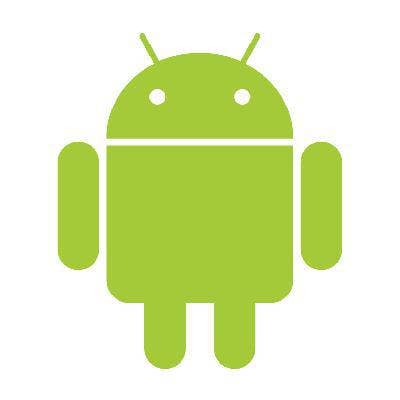
The Android Invasion
By the end of the second quarter, Google's Android OS had already posted 886 percent year-over-year growth, according to Canalys, and numerous other analyst reports have continued to chart its rise throughout the year.
Android is the fastest growing mobile OS in the world, now seen on a small galaxy of devices, from smartphones to tablets to what-do-you-call-that-things. Here's a visual look at the 10 Android devices leading the charge in this year's Android invasion.
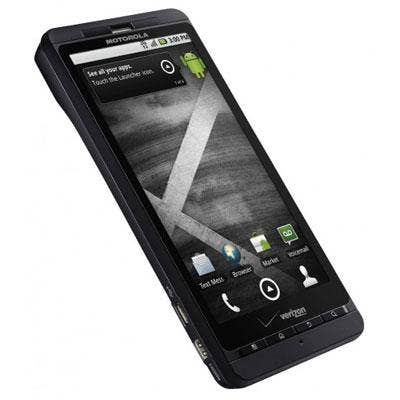
1. Motorola Droid X
Motorola in 2009 declared its love of Android, throwing its mobile device loyalty behind Google's then-fledgling OS and promising to release smartphone after smartphone that made the best use of the platform. Motorola saw good notices with the original Droid last fall, and this year, continued to add to the Droid family with both the Droid 2 and the Droid X, the latter a power-packed Droid with a 4.3-inch display, video capture for 720p video, HDMI output, a 1 Ghz processor, 8 GB of memory, 16-GB microSD card, an 8-megapixel camera, no physical keyboard, Swype touch screen typing software, Android 2.2, 3G Mobile Hotspot capability, and a range of content options with everyone from Skype to Blockbuster.
More technically advanced smartphones have since become available, but the Motorola Droid X will be remembered as the class of the initial wave of Droids.
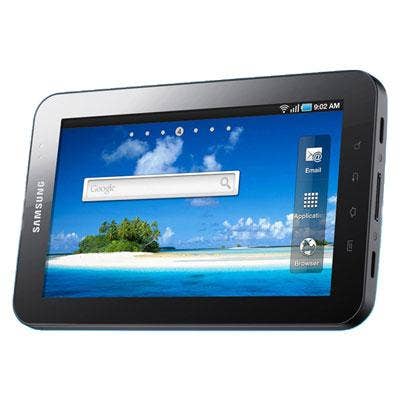
2. Samsung Galaxy Tab
Is this the tablet that's going to eat into Apple iPad's mighty market share? Samsung certainly hopes so, and Samsung gets style points galore for making sure the long-rumored Galaxy Tab got plenty of attention during its September release.
It weighs in at 0.8 pounds, includes a 7-inch touchscreen and also a number of other capabilities like HD movie and television play, e-reading, navigation, video calls and Swype technology.
The reviews have been stellar, and Samsung's already proven it can stack up against Apple's iPad, RIM's BlackBerry Playbook and other potential tablet contenders just fine.

3. Google/Samsung Nexus S
In a year where Samsung really took the Android ball and ran with it, the Nexus S is the phone that's got techie tongues wagging now.
Why? Well, for starters, it's the first Android phone to come pre-loaded with Android version 2.3, code-named Gingerbread, and it has a 4-inch contour display that fits comfortably in the hand and against the side of a face. It sports 1 Ghz Hummingbird processor, front- and rear-facing cameras, 16 GB of internal memory, and hardware for near field communication, as well as all the bells and whistles of the 2.3 Gingerbread update. Released just this month, is Nexus S now the Android phone to beat?
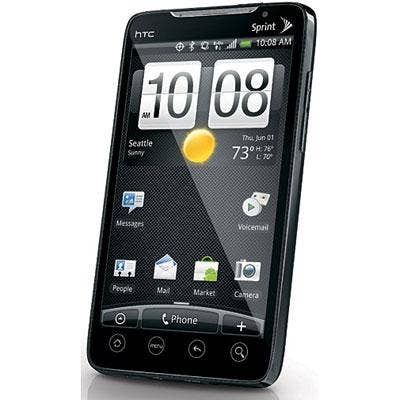
4. HTC EVO 4G
Breathless were the reviews for the HTC Droid Incredible earlier this year -- and yeah, that's a pretty sick smartphone, too -- but it was the HTC EVO 4G, carried by Sprint, that really cleaned up on the good notices. Released June 4, it includes a 4.3-inch, 480 x 800 pixel display, 1 Ghz Qualcomm Snapdragon processor, an 8-megapixel camera capable of 720p HD video capture, HDMI output, Android 2.2 with HTC Sense, and 4G integrated wireless. Indeed, it was the first 4G smartphone available to consumers in the U.S. when it was released.
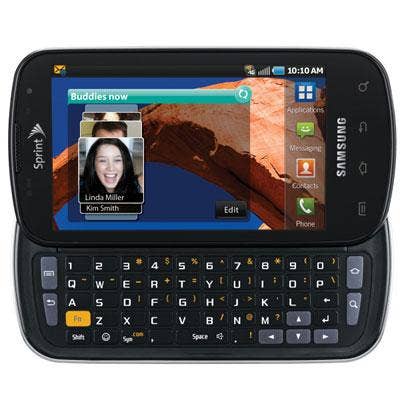
5. Samsung Epic 4G (Galaxy S)
Samsung, as we've mentioned a few times already, had a big, big year with Android. And the first of its major notices came behind Samsung's Galaxy S, a lineup of slick Samsung Android smartphones released on all four major U.S. carriers with slight variations in each. The Epic 4G, however, is the variation on the Galaxy S -- Sprint's, to be specific -- with the most to write home about.
Among other attributes, it has a full QWERTY keyboard, 4-inch super AMOLED display, a 1 Ghz processor, 512 MB of RAM, and, yes, what's said to be 4G connectivity. Worth noting: the one-two punch of the HTC EVO 4G and Samsung Epic 4G has meant a pretty darn good year in the Android arena for T-Mobile, too.
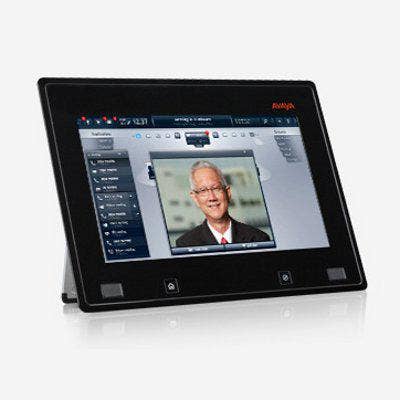
6. Avaya Desktop Video Device
Don't call it a tablet, Avaya says. But the Avaya Desktop Video Device -- whose development name, Mojo, we have to say we much preferred -- certainly looks like a tablet and quacks like a tablet, and if it works as seamlessly with Avaya's virtualized UC platform, Aura, and the collaboration interface, Flare Experience, is released in September, is most certainly a powerhouse.
Apart from the ability to perform all of the Flare Experience's UC functions, Avaya's Desktop Video Device itself has an 11.6-inch HD touchscreen display, complete with an HD 720p camera and built-in dual microphones, enablement for SIP, 3G and Wi-Fi connectivity, and also optional USB connectivity with an optional keyboard or handset. Future versions, Avaya says, will support remote access over VPN connections and also 4G access.
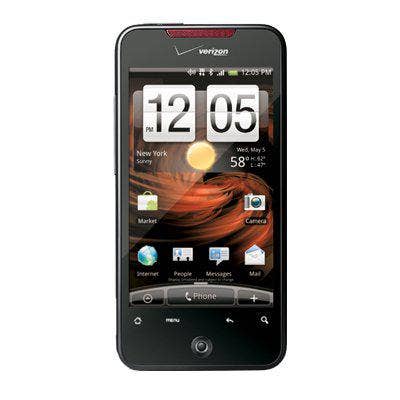
7. HTC Droid Incredible
It was hot stuff upon its April release, and even with newer, slicker, more fully loaded Android devices now available, it's still pretty hot. The HTC Droid Incredible sports a 3.7-inch 480 x 800 WVGA AMOLED display, an 8-megapixel camera, Android 2.2 with HTC Sense, a 1 Ghz Qualcomm Snapdragon processor, 8 GB of internal memory and a unique form factor with a soft outside shell.
Notable in that it was Verizon's first phone to include the Snapdragon, as well as Verizon's first smartphone with an 8-megapixel camera. A sturdy, dependable Android smartphone.
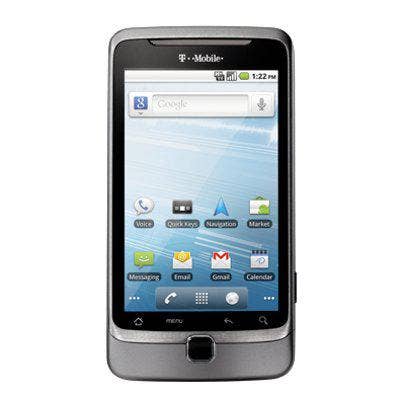
8. HTC G2
Behold the power of "plus": HTC G2, which is T-Mobile's HSPA+ successor to the original HTC G1. T-Mobile couldn't promise a 4G network in time for the G2's release, but it did promise an HSPA+ data network, which offers 4G-like speeds of up to 21 Mbps. Physically, it's a smart-looking smartphone, too: a modified hinge with a slide-out QWERTY keyboard, Swype text entry software for its touch screen, an 800 Mhz Snapdragon processor, support for a 32-GB microSD card, and capability for Wi-Fi, GPS and Bluetooth. It also has a 3.7-inch display, a 5-megapixel camera with LED flash and autofocus, and 720p HD video capability. Current version includes Android 2.2 and a number of additional Google-centric features, including Voice Actions for Google Search and integrated access to Google Voice.
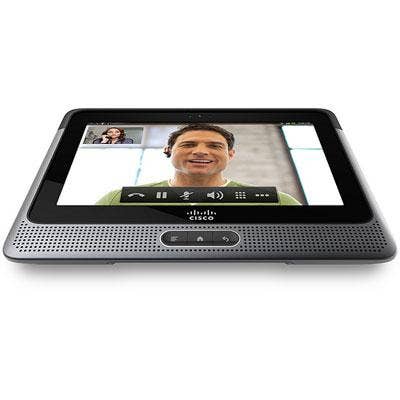
9. Cisco Cius
Cisco's much-buzzed about Android tablet won't even be available until March 2011 at the earliest, so why on earth would we cheat a bit and include it here? Well, it's been one of the most discussed new Cisco products since the Unified Computing System was released in March 2009, and if all goes according to plan -- the Cius becomes a unified communications endpoint that's totally fit for purpose in a Cisco-led UC infrastructure -- could be a real game-changer for business tablets.
The Cius debuted as Cisco Live in Las Vegas this summer, and weighs 1.5 pounds, includes a front-mounted 720p HD camera, a 7-inch VGA touch-target display, a 5-megapixel rear-facing camera, 8 hours of battery life and an accelerometer. It has support for 802.11 a/b/g/n Wi-Fi and 3G, with 4G services promised for future versions. More details are still forthcoming, but Cisco has also promised to make Cius a key device in its new desktop virtualization plans, too.
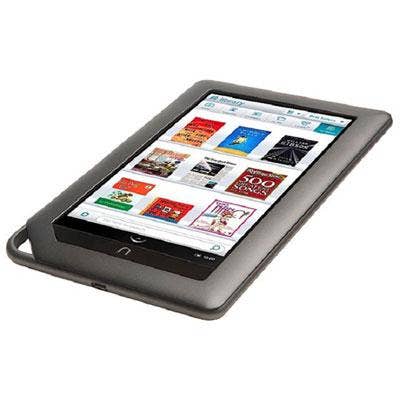
10. Barnes & Noble Nook Color
It's only a matter of time before well-turned-out tablets crowd out the market for dedicated e-readers, but while the e-reader world still has some space to fight over, we're partial to Barnes & Noble's Android-based Nook Color.
It's a dramatic improvement over the book retailer's original, 2009 Nook and with much of the look and feel of a 7-inch tablet computer without actually being one. A beautiful TFT screen, rich browsing, Android apps, games, access to Barnes & Noble's Nook Color SDK, and, at $249, not the cheapest dedicated e-reader but probably the most bang for the buck out of any in its weight class.